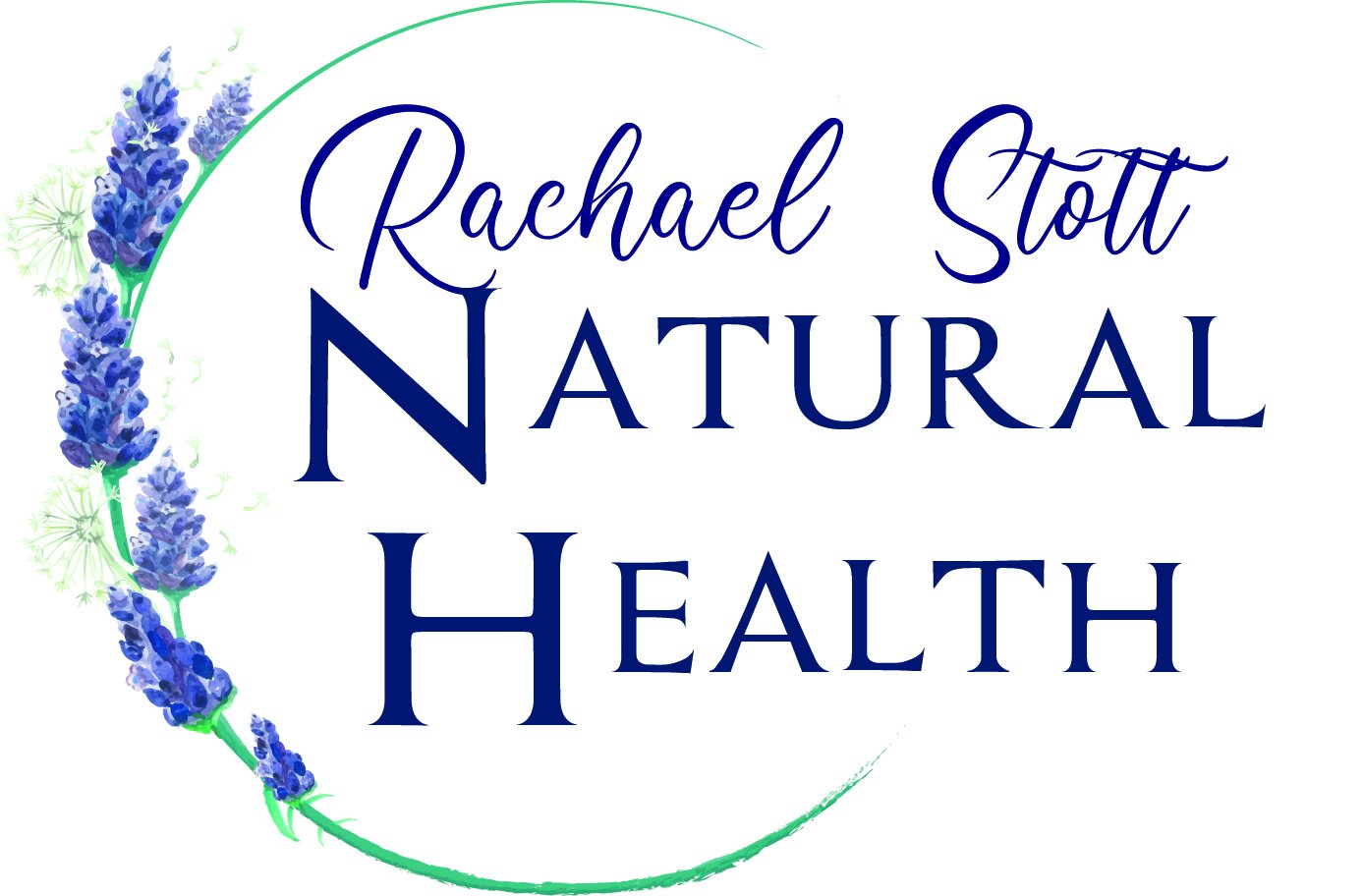Kawakawa ~ a native superstar
In New Zealand we are so fortunate to have some amazing native herbs. One of these superstars is Kawakawa, Macropiper excelsum. I have a little one as a thriving indoor plant and another outside in the garden under frost cloth. I had a little peek but it's died down for winter. I do use this a lot in clinic and it really has a long list of medicinal herbal uses. It's one of few tinctures that smells divine. It is naturalised throughout the North Island and as far south as Banks Peninsula.
Did you know?
🌱Kawakawa's leaves are more potent when the looper caterpillar and other insects have eaten holes in the leaves.
🌱You can eat the leaves and fruit, they have a peppery taste.
🌱The leaves make a nice tea ~ just beware that some people feel a bit 'out of it' after drinking it (the tea sure does it to me!)
🌱The heart-shaped leaves may reflect a connection to the cardiovasular system with it having actions of blood cleanser, and vasodilator. It is also considered to be stabilitising for blood sugar.
🌱It has been shown to have many ways to support the gut from its liver supporting benefits to having the ability to paralyse and remove worms, to having a slight laxative action.
🌱It has traditionally been used by Maori for pain or skin issues. It was also a sacred plant to the Maori.
🌱It may be of benefit where there is asthma, hayfever or congestion. I find many clients with the ills and chills are supported by this herb in tincture form, as part of a herbal blend.
🌱It is considered to be a nervine so may work on balancing people emotionally. It is related to its more globally well known cousin, Kava.
🌱Externally, leaves may be used where there is infection, wounds and irritated skin. It may also be used as an insect repellant. There are many people who sell kawakawa balm in NZ and many people I know who have used it to soothe dry irritated skin.

